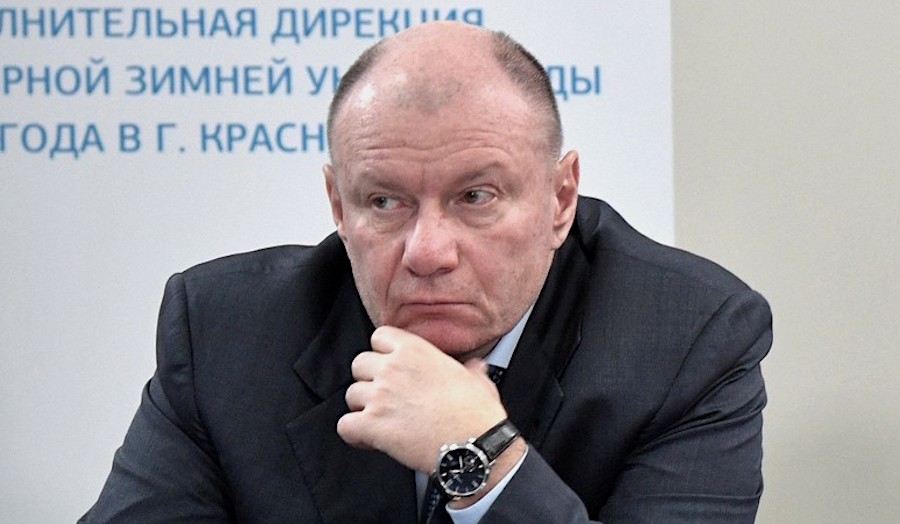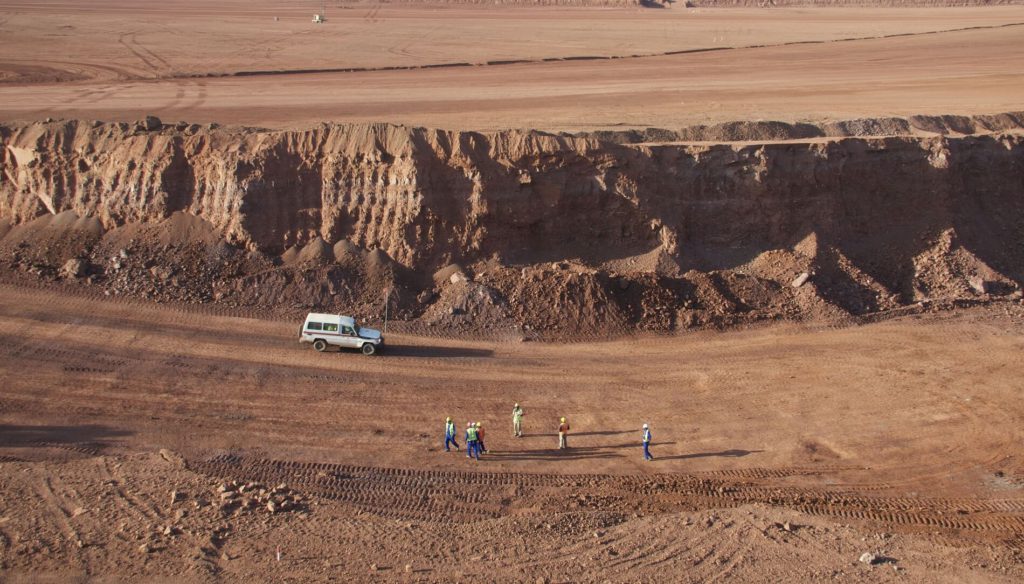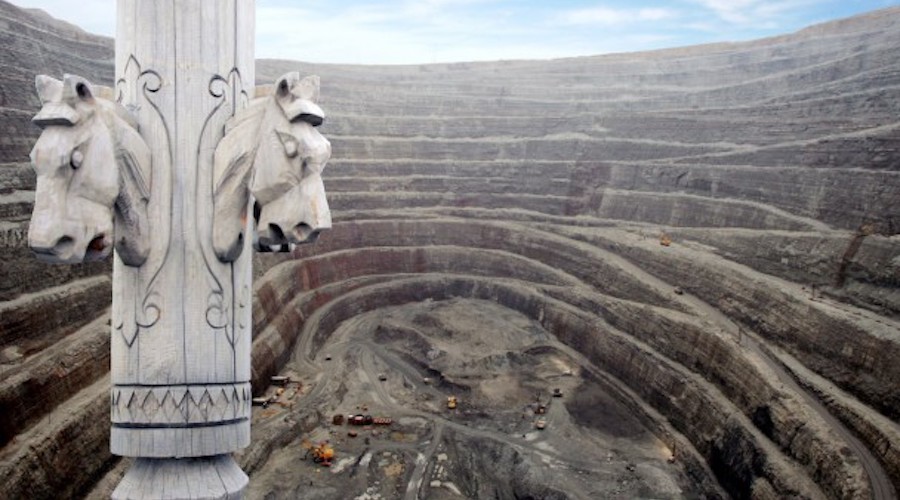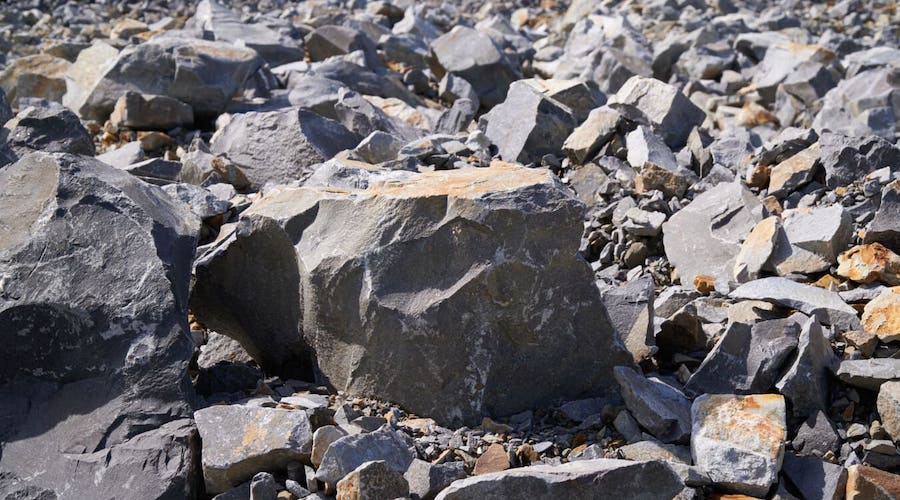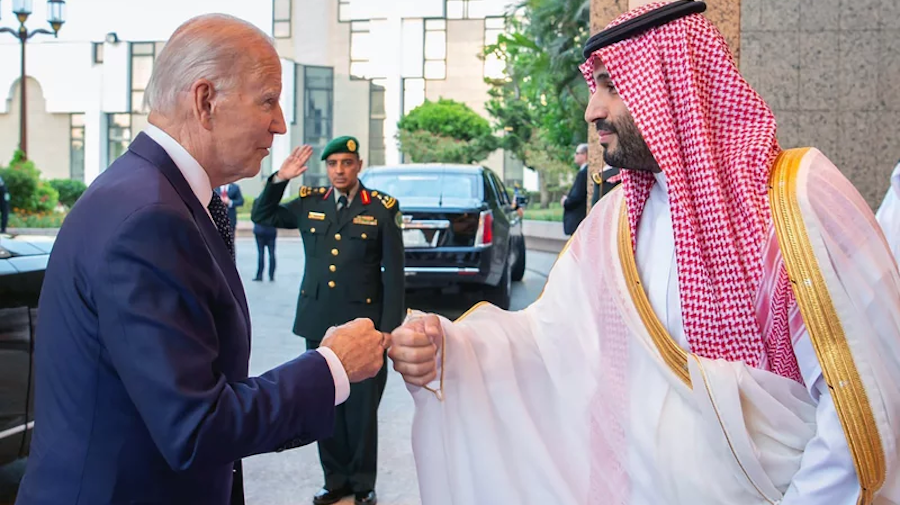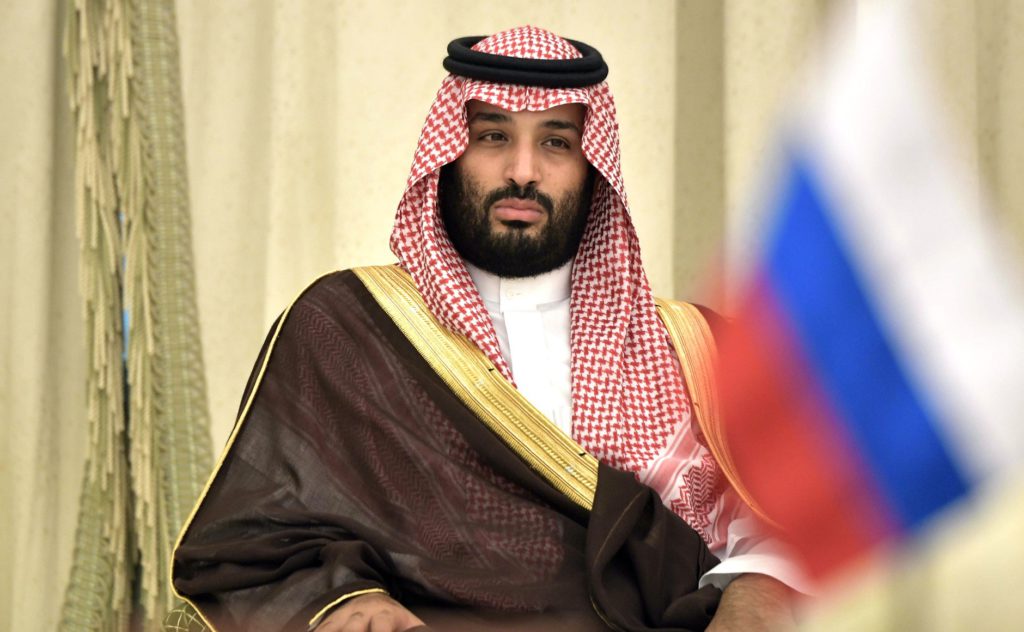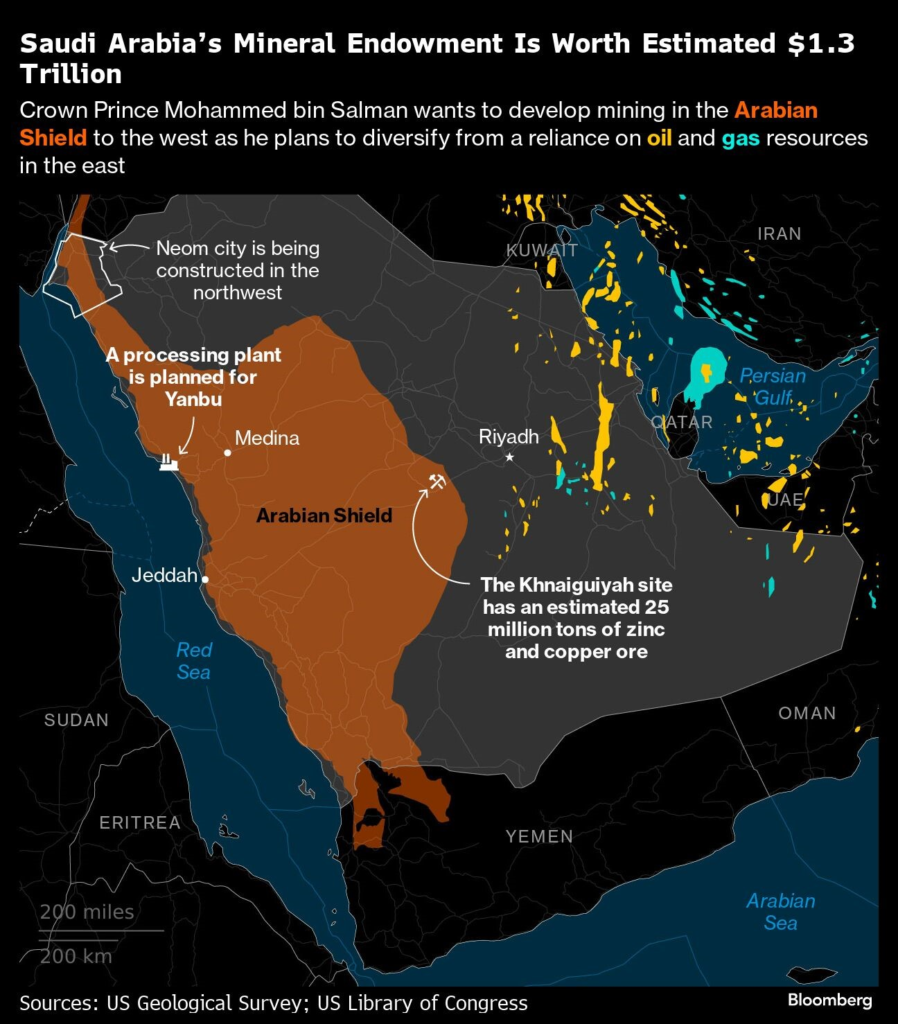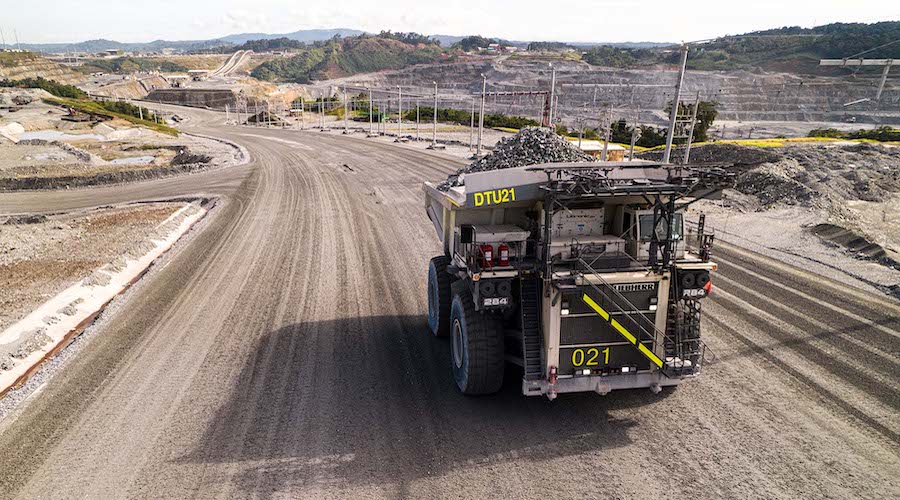Compiled by Karl Gernetzky
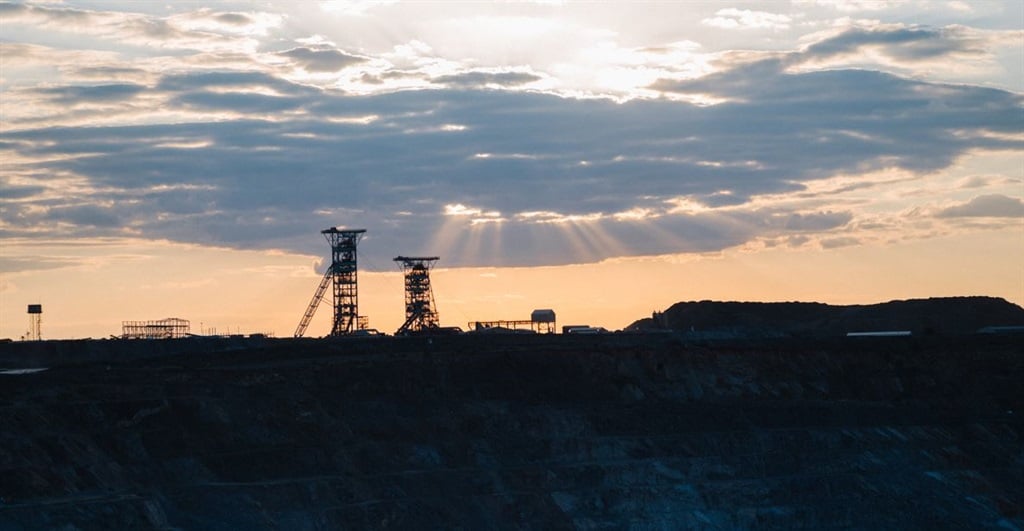
The De Beers Venetia mine in Limpopo.
Supplied
Anglo American subsidiary De Beers said on Friday it is looking to secure a five-year wage deal with the National Union of Mineworkers (NUM), with that union considering an offer amid the looming threat of a strike at its Venetia Mine and its sorting and sales business.
"We believe that a five-year agreement will provide a measure of certainty, particularly against the backdrop of the transition from open pit mining to the underground mine at Venetia Mine and the recent move of our sorting and valuation business from Kimberley to Johannesburg," it said in a statement.
"As the diamond industry, we are also faced with challenging market conditions that are continuing to have an adverse impact on our business."
NUM said on Tuesday it had begun a mobilisation process among its 1 500 members, with the union demanding a wage increase of 9%, while De Beers was offering 6%. After four months of talks, a dispute has been declared with the Commission for Conciliation, Mediation and Arbitration, the union said, adding that members would not accept less than 9%, and had progressively moved down from a demand of 25%.
The union said that food, fuel and general inflation had skyrocketed, leaving no room for "peanuts," and that it was prepared for the "mother of all strikes."
De Beers said on Friday the only outstanding issue is wages, with the union considering its offer after a meeting under the auspices of the CCMA on Wednesday. "We are confident that through continued engagement with the union and our employees we will reach a sustainable settlement with the NUM," it said. SA labour laws require a dispute to be referred to the CCMA, which starts a 30-day conciliation process, although this can be extended with the consent of the parties.
De Beers has had reached the bottom of its open pit at Venetia in Limpopo in 2022, and has since transitioned to underground mining, delivering its first stones in July.
READ | De Beers' new mine in Limpopo delivers first diamonds
Venetia continues to process lower-grade surface stockpiles, which will result in temporary lower production levels as it transitions to underground operations, where first production was recently achieved. It will ramp-up over the next few years as development continues, the mining group said in its half-year results to end-June.
